-
Upcoming Events
-
May 10, 2024 11:00 AM
Until 03:00 PM
5 Going | 1 Manage | 1 Waitlist -
May 11, 2024 02:00 AM
Until 06:00 AM
10 Going | 2 Manage | 3 Waitlist -
May 11, 2024 02:00 AM
Until 06:00 AM
10 Going | 1 Manage | 2 Waitlist -
May 11, 2024 11:00 AM
Until 03:00 PM
12 Going | 1 Manage | 3 Waitlist -
May 11, 2024 01:00 PM
Until 05:00 PM
12 Going | 2 Manage | 3 Waitlist -
May 12, 2024 01:45 AM
Until 05:00 AM
6 Going | 1 Manage | 0 Waitlist
-
-
Featured Topics
-
Topics
-
Popular Contributors





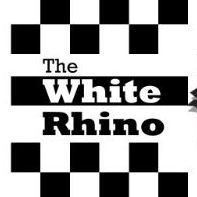
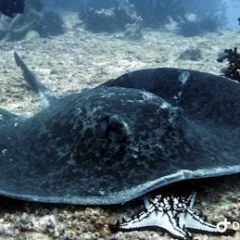

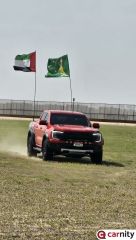
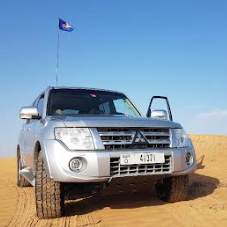
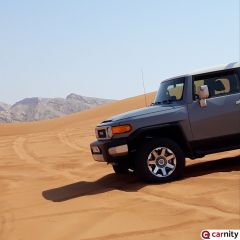
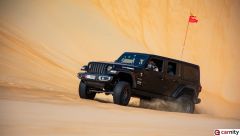
Recommended Posts
Create an account or sign in to comment
You need to be a member in order to leave a comment
Create an account
Sign up for a new account in our community. It's easy!
Register a new accountSign in
Already have an account? Sign in here.
Sign In Now